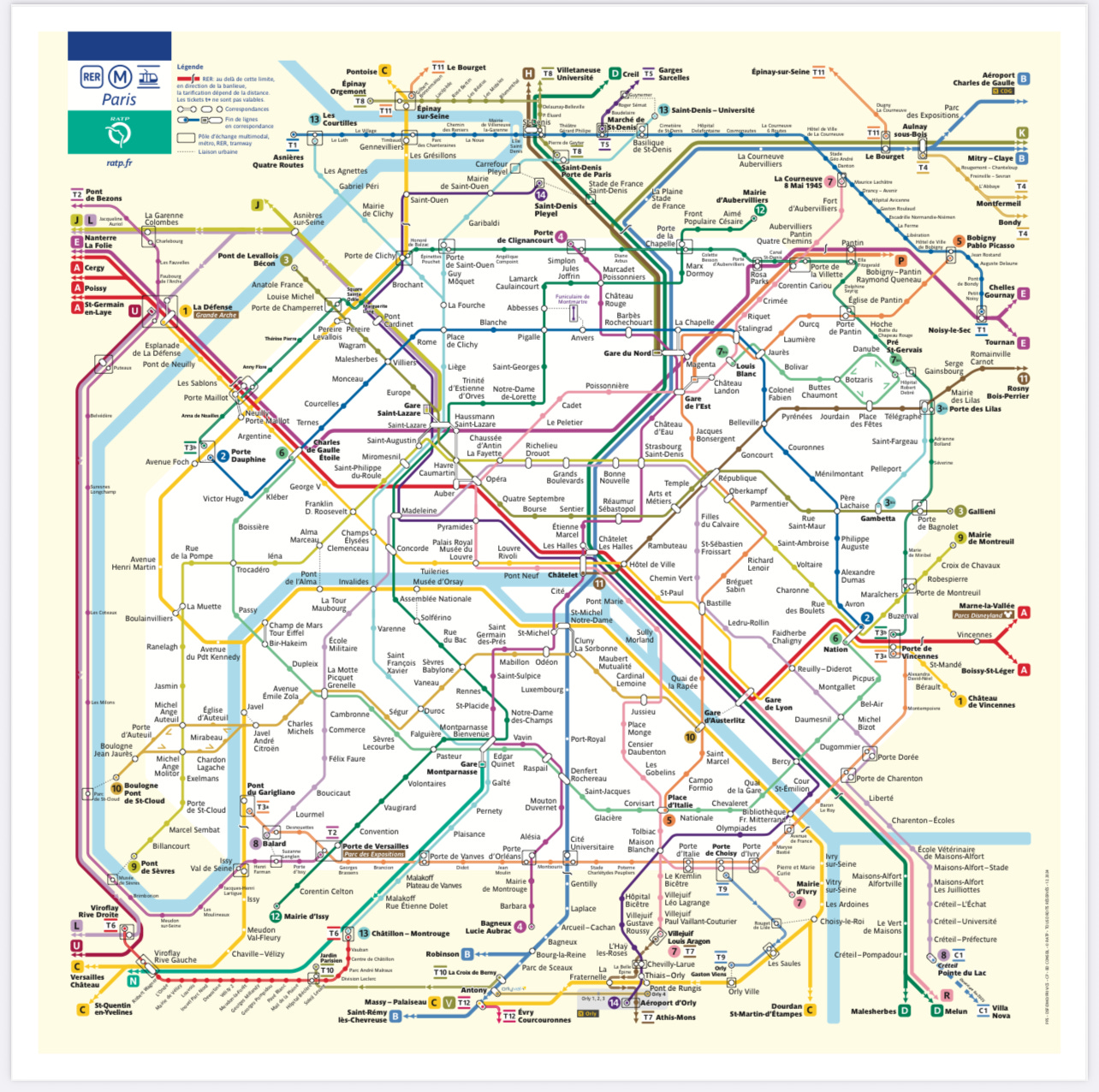Transportation 101
Maps, Metros, Trains, Buses
Geography is not my strong subject, and my sense of direction is… eh. But I do NOT get lost… I go on adventures. With that being said, if I can navigate the subways, trains, buses and rideshares in a foreign country, you can as well.
Most (but not all) of the European cities we have visited have Uber and/or Lyft rideshares available. Sometimes, these are indistinguishable from taxicabs, but they still work with the same apps. We like to use rideshares to take us from the airport to our lodging when we first arrive at the hub, then again when it’s time to go back to catch our return flight. It’s much easier to transport us and our luggage that way than to use public transportation or rent a car.
I love the Eurail app for trains. It generally covers all the different lines and includes the fast trains. Eurail will also let you reserve seats on those trips that require reservations. It has easy-to-read arrival and departure times, and it will let you plan ahead. In my opinion, this is the easiest to use if you are visiting Western or Central Europe.
Occasionally, I will use the rail app specific to the country we are in. Scotland has a wonderful rail app. Scotrail was easy to navigate and see current arrival and departure times. The train stations generally have automated kiosks where you can purchase tickets.
With the bigger train stations, there are usually friendly train employees who will help you. They will have a help office in the station to address reservations (but use the app if you can, as lines are sometimes long) or reschedule any trips. Be patient. Smaller train stations may or may not have anyone to help. The later it is in the day, the more likely there will be no one available to help with delayed or canceled trains.
Plan accordingly when returning to your hub. You probably want to spend as much time as possible enjoying your excursion, but you need to make sure you can make it back “home” and sleep in your cozy bed. A good rule of thumb is to take the next-to-last train leaving, so if there are any hiccups, you still have another chance to get back.
Subways… Do not be afraid of them. Subways are an economical way to get around the town you are exploring, and sometimes they can be destinations in themselves. I have seen the most beautiful subways in Europe, decorated with gorgeous artwork. The Metro in Paris is famous for its Art Deco stations throughout the city.
Be sure to always have your ticket with you when on the subway. (There’s a story about that for another time.) Most bigger cities have an app for their subway. The Paris Metro was easy to navigate with the app. I would venture to say that using the Paris Metro was easier than the New York subway, despite the language challenge. Don’t judge.
Buses are another way to get around the city you are exploring. Here again, the apps are your friend. If you’re thinking, Ick, buses, because of a bad experience with dirty, slow, unreliable city buses in other places, don’t. In some European cities, buses are the primary mode of intra-city transportation, and riding them about town can be a memorable experience in itself. For example, the double-decker buses in Edinburgh are comfortable and excellent for sightseeing around town.
The maps at the train stations, subways, and bus stations are typically user-friendly. Take your time to get your bearings. Find where your closest train station, subway or bus stop is, and plan all your adventures. Another tidbit… trains, subways, and buses generally have screens to tell you the next stop. Plan out your stops, and you are golden to go make once-in-a-lifetime memories.
So, get out there and explore! Finding your way around really isn’t that hard, even if Geography is not your best skill.
— Tracy, Reader of Maps



